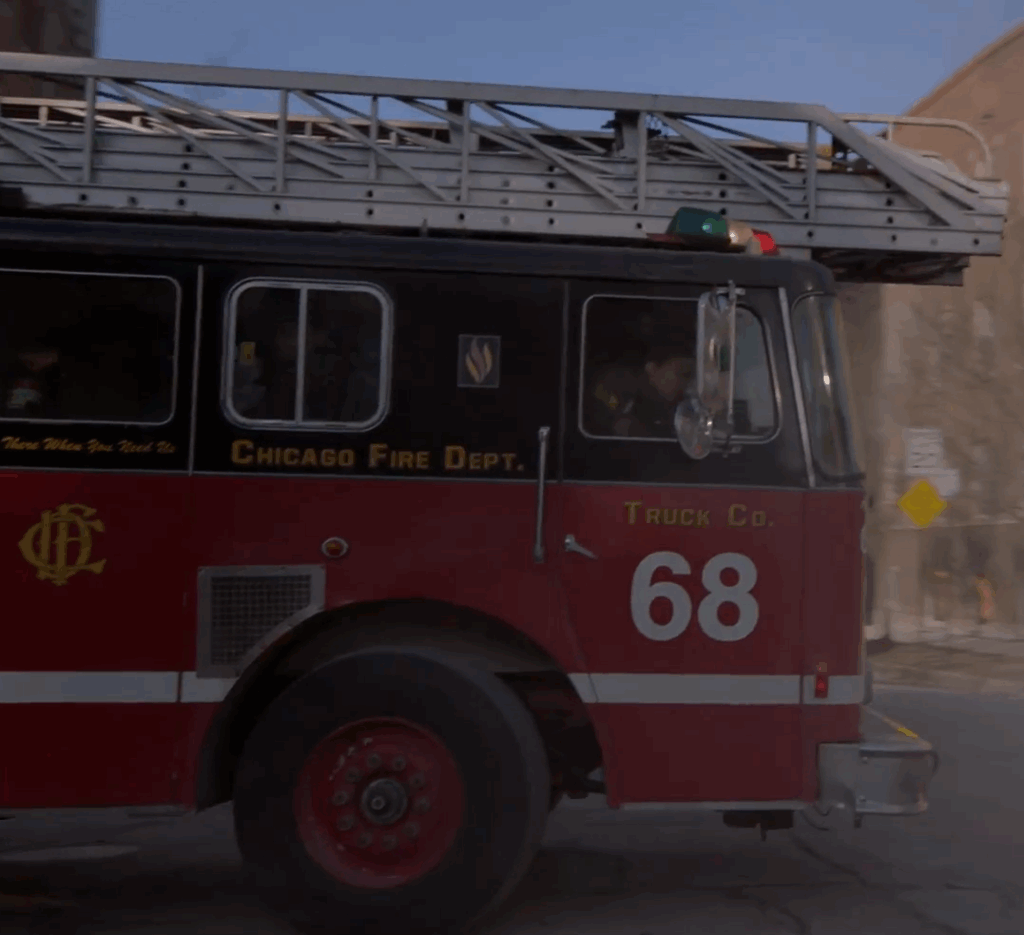
Introduction
The Chicago Fire of 1871 stands as one of the most significant disasters in American history, reshaping the city and influencing urban planning and firefighting techniques nationwide. Occurring from October 8 to October 10, the fire devastated a large portion of Chicago, resulting in a staggering loss of life and property. Understanding the circumstances and consequences of the Chicago Fire offers vital insights into the resilience and rebirth of urban centers in the face of disaster.
Details of the Event
Despite numerous theories regarding its origin, the fire is popularly believed to have started in a barn owned by the O’Leary family on the evening of October 8, 1871. Strong winds and dry conditions facilitated the rapid spread of the flames, which engulfed wooden buildings and provided little resistance. The fire ultimately destroyed approximately 3.3 square miles of the city, claiming the lives of an estimated 300 people and leaving over 100,000 residents homeless.
The aftermath of the Chicago Fire revealed an urgent need for updated building codes and improved firefighting techniques. It prompted the establishment of a professional fire department and led to Chicago’s architectural renaissance, as buildings were reconstructed using fire-resistant materials. Renowned for innovative skyscrapers, the city adopted designs that would overcome previous vulnerabilities.
Significance and Impact
The Chicago Fire not only transformed the physical landscape of the city but also influenced American culture and society. It highlighted stark inequalities, as the majority of the homeless were from the city’s immigrant population, sparking community responses and resilience efforts. The event catalyzed insurance reforms, as policies were scrutinized and adjusted in light of the widespread devastation experienced.
Conclusion
Today, the legacy of the Chicago Fire is remembered through historical sites, museums, and annual commemorations that remind residents and visitors of the city’s remarkable ability to recover and modernize. As urban areas globally continue to face the risks of fires and other disasters, lessons derived from the Chicago Fire remain relevant. Understanding the event serves as a poignant reminder of the importance of disaster preparedness, community resilience, and the ever-evolving nature of urban life.



